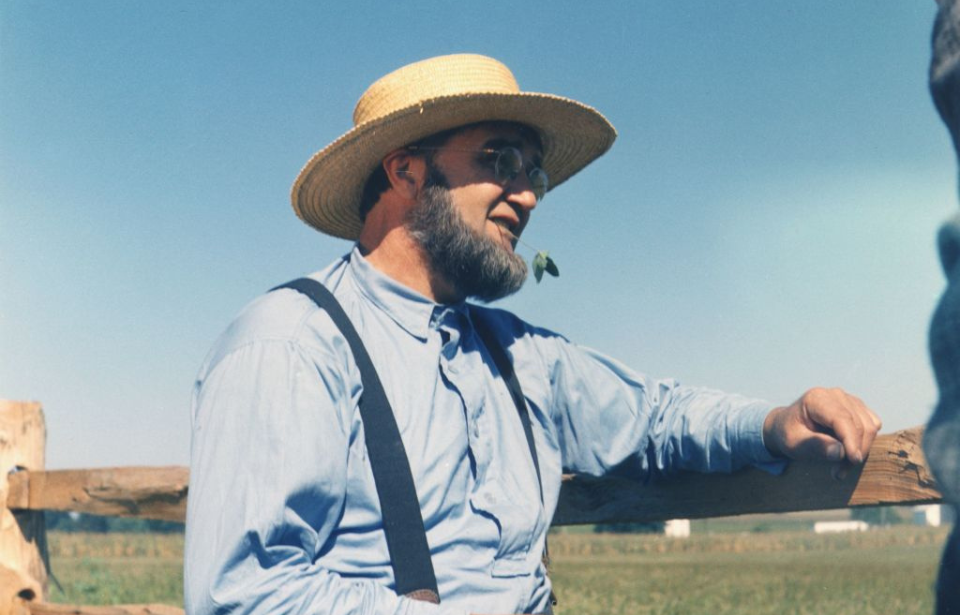The Amish are well-known for their traditional Christian communities and a lifestyle that emphasizes strict adherence to God’s teachings. This commitment is clearly shown by the unique long beards worn by Amish men.
Unlike modern beard trends that include a variety of stylish and trendy looks, Amish men are distinguished by their choice to keep their upper lips clean-shaven. This grooming tradition has its origins in historical military practices.
Amish beards pay homage to the Bible
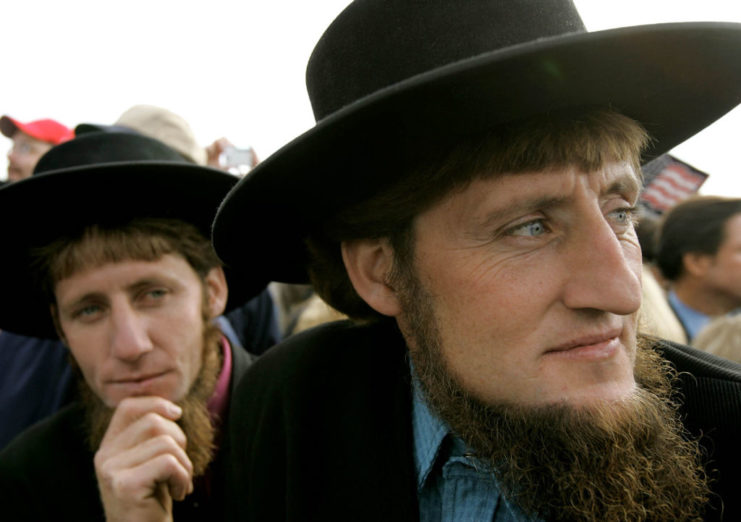
The Amish, while closely connected to Mennonite churches, have unique practices and traditions that set them apart from other Christian groups.
For the Amish, the beard is a homage to the Bible. In the eras described in their religious scriptures—long before the invention of contemporary razors—most men had full beards. Devout Amish men pay tribute to this tradition by growing their own beards.
However, it is not simply about never shaving – only married men are permitted to let their beards grow. Growing a beard signifies to the community that he has officially reached manhood.
Pacifism is a core Amish belief
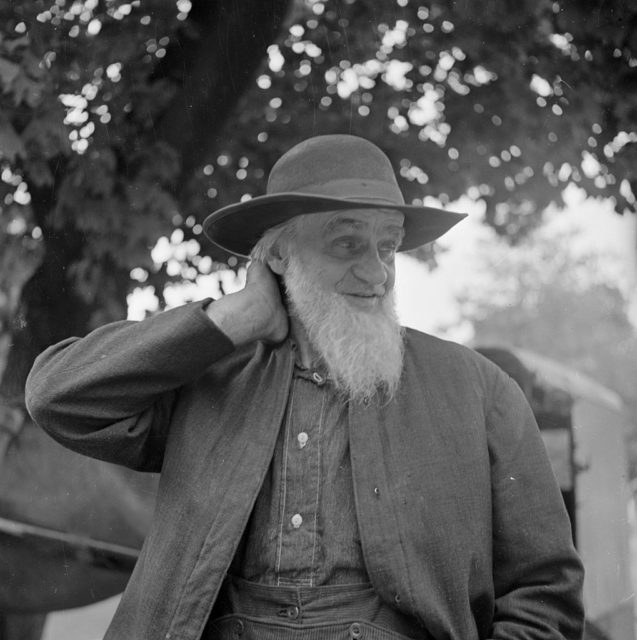
Leviticus 19:27 – “Do not cut the hair at the sides of your head or clip off the edges of your beard” – is a core principle for the Amish, which they adhere to with great rigor.
Another central tenet of their faith is non-resistance, akin to pacifism. This principle entails refraining from any form of resistance to authority, even when confronted with perceived injustices, and it shapes their everyday conduct. Moreover, the Amish view involvement in warfare or combat as a form of resistance, which excludes them from participating in military activities.
Consequently, mustaches are not permitted.
Why don’t Amish men sport mustaches?
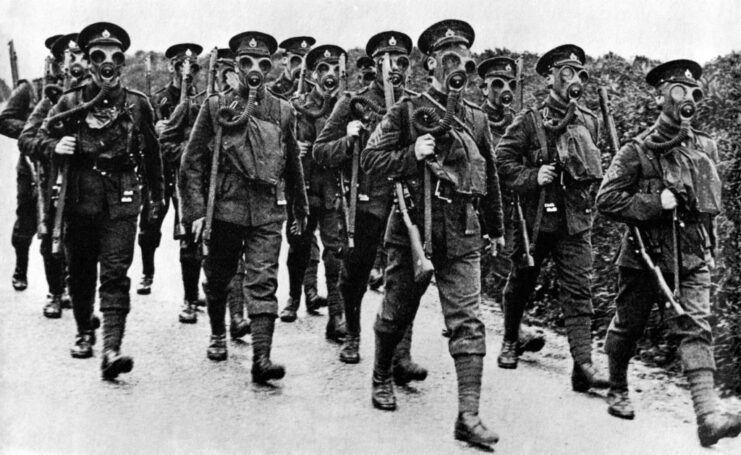
Nowadays, sporting a mustache is a style preference, but historically, it was once a symbol of military service. Facial hair has been linked to warfare and the might of soldiers, especially in cultures where beards and mustaches are seen as symbols of masculinity. Even now, in some regions, soldiers wear facial hair to earn respect.
The British Empire made mustaches mandatory for soldiers
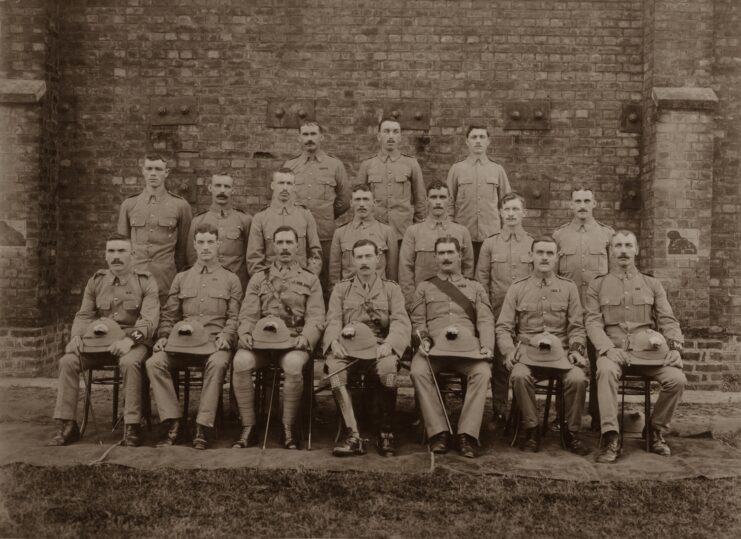
For instance, the British Empire had a strong affinity for mustaches, even making it mandatory for soldiers at one time. This rule stayed in effect until World War I, when keeping a mustache became not only a low priority but also impractical due to the harsh conditions in the trenches on the Western Front.
Additionally, the emergence of gas attacks on battlefields raised concerns that facial hair might not allow for the proper sealing of gas mask against the skin. Consequently, the mustache requirement was scrapped in October 1916.
The Amish beard avoids all association with the military
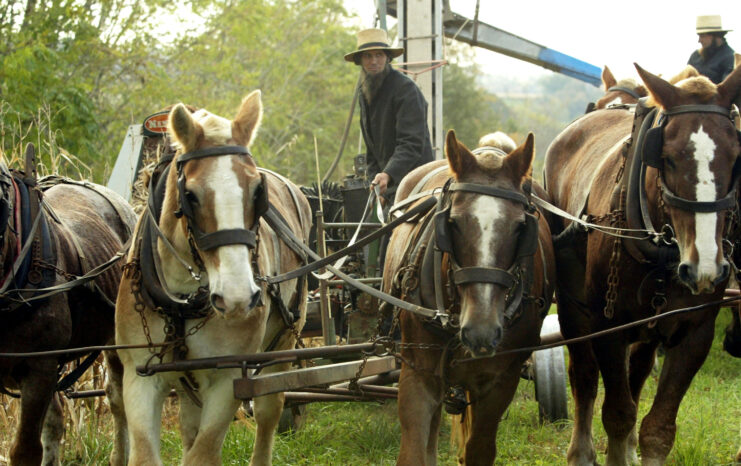
Want War History Online‘s content sent directly to your inbox? Sign up for our newsletter here!
With such strong ties to war history, the Amish choose to not sport mustaches in rejection of military service. This allows them to continue growing their beards while avoiding any association with the military. It helps let others know who’s married, too, as it’s worn in lieu of a wedding ring.
